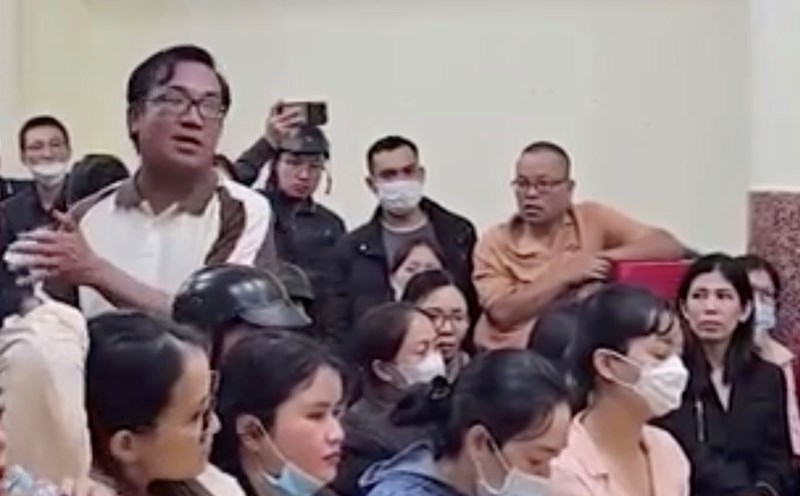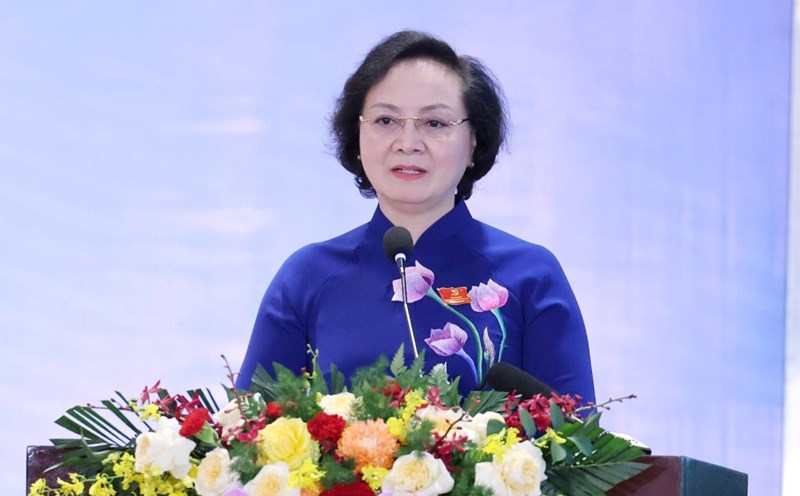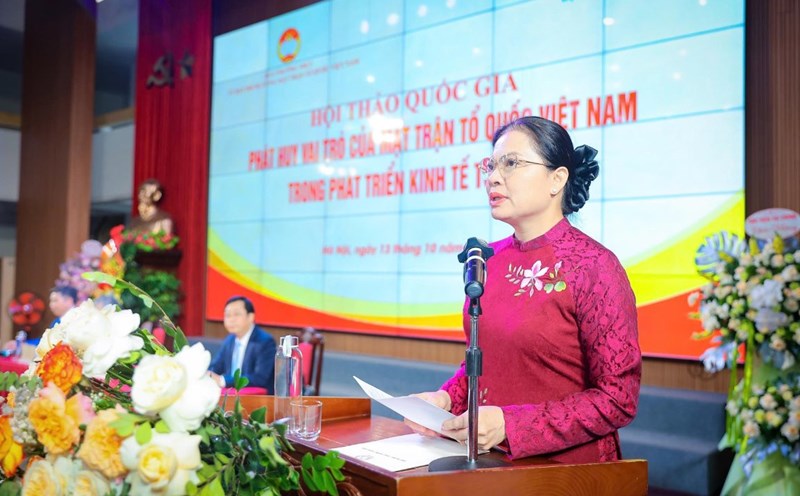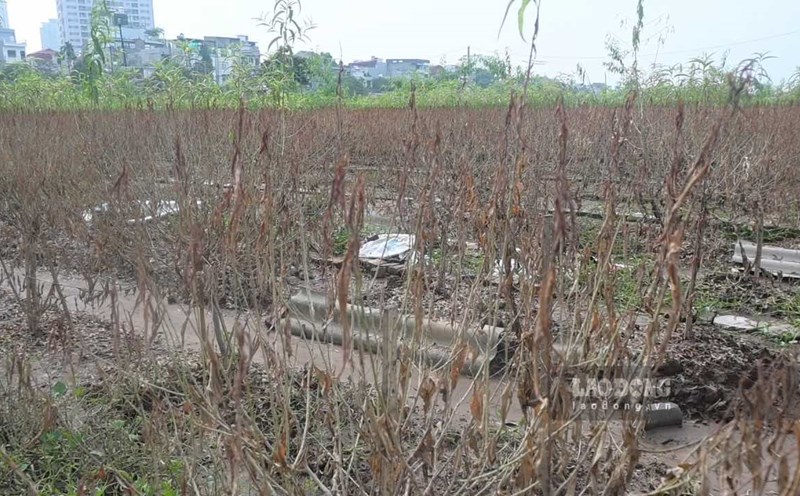On October 12, during a press conference on an Air Force One plane en route to the Middle East, President Donald Trump said he would may talk to Russia before approving a plan to send Tomahawk missiles to Kiev.
To be honest, I could have to discuss Tomahawk with Russia, Trump said, stressing that Washington would hand over the weapons to Kiev if the conflict was not resolved in the near future.
The US leader said he discussed the issue with Ukrainian President Volodymyr Zelensky during a phone call on October 11, but declined to disclose details.
Tomahawk is a long-range cruise missile developed by the US, capable of carrying a high-precision warhead with a range of 2,500km. If transferred to Kiev, the arms would help Ukraine significantly expand its ability to attack Russian territory, something Moscow has repeatedly warned of "taking on serious consequences".
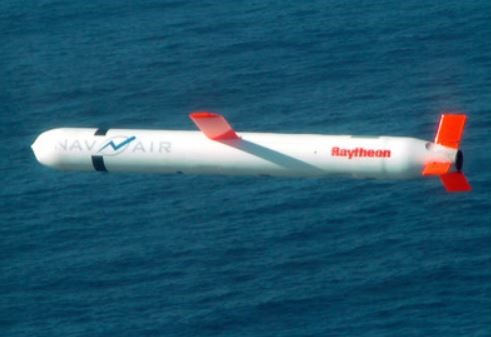
Speaking at the Valdai International Forum on October 2, Russian President Vladimir Putin affirmed that Tomahawk could not be used without the direct participation of the US military, and the US supply of this type of weapon to Ukraine would mark a new escalation phase in Russia-US relations.
Three days later, on October 5, Mr. Putin continued to warn that any decision by Washington regarding Tomahawk could destroy the trend of improving bilateral relations between the two countries.
Observers say Trump's new statement shows the White House is testing the Kremlin's reaction before officially launching a military aid package that could change the balance of the battlefield. The US president's mention of the possibility of "transacting with Russia" is seen as a rare signal of dialogue between the two powers in the context of escalating tensions.
A source in Washington said the Trump administration is assessing the strategic and diplomatic impact of the Tomahawk supply, especially the risk of pushing Russia and the US into direct confrontation. Meanwhile, Russia said it is closely monitoring all moves from the White House.



